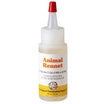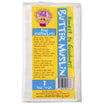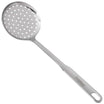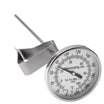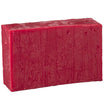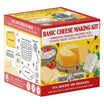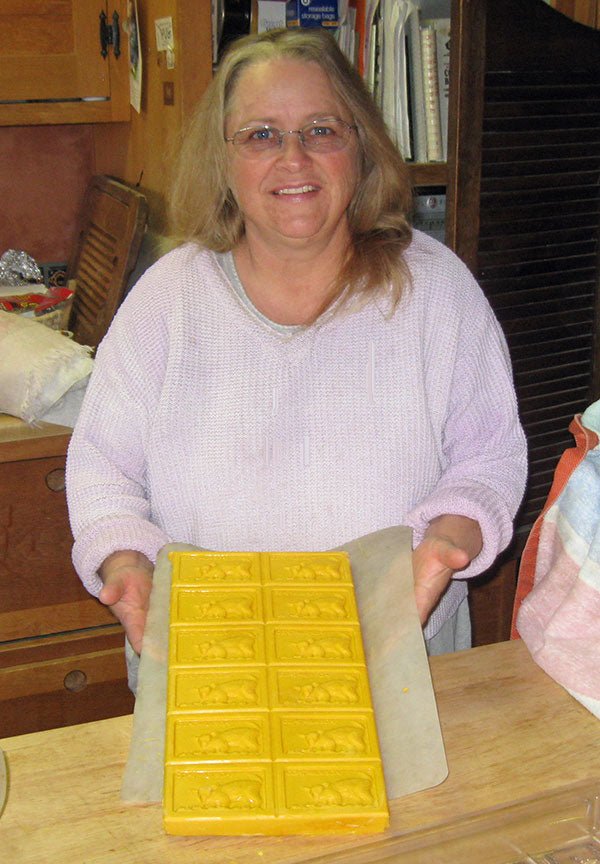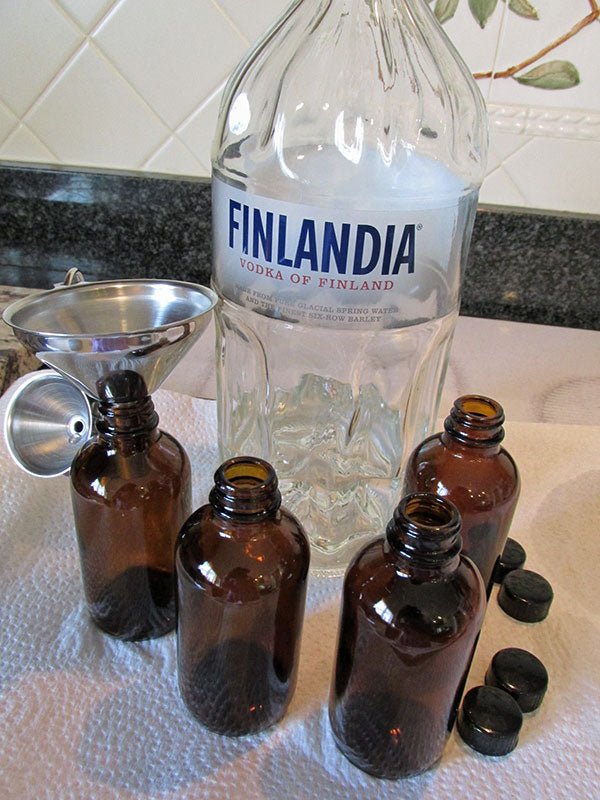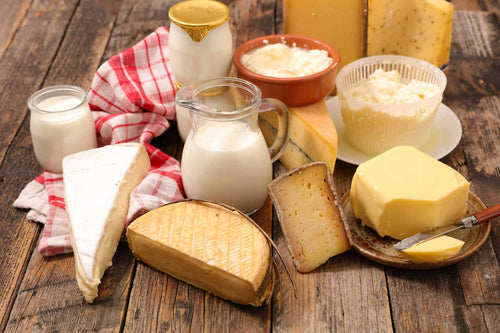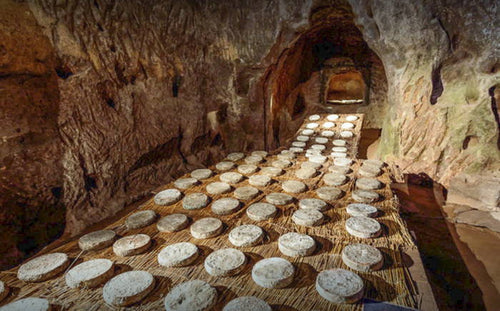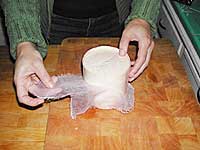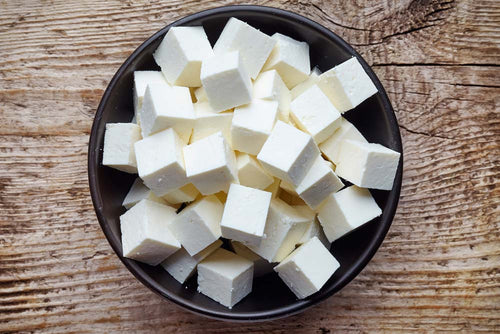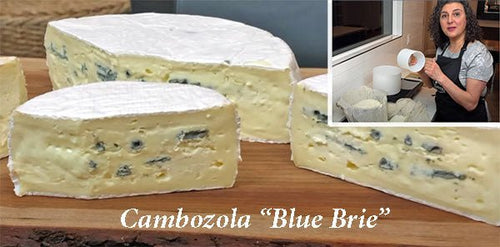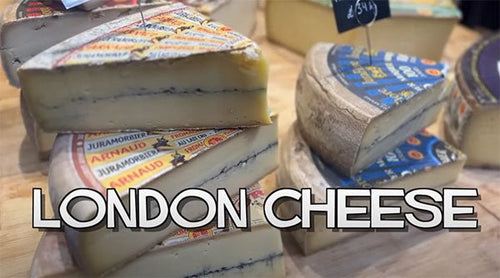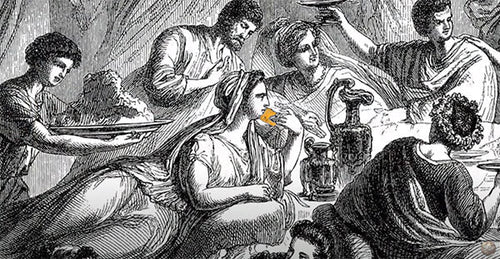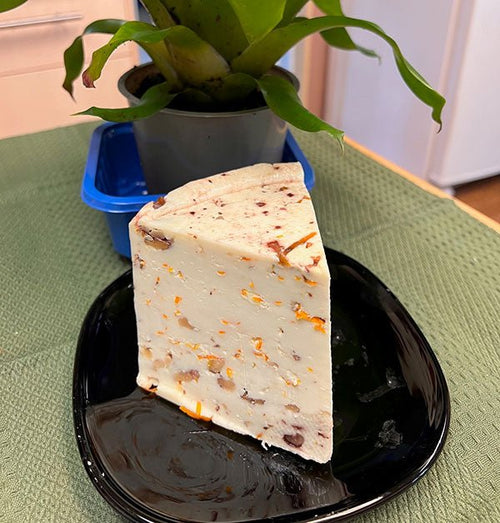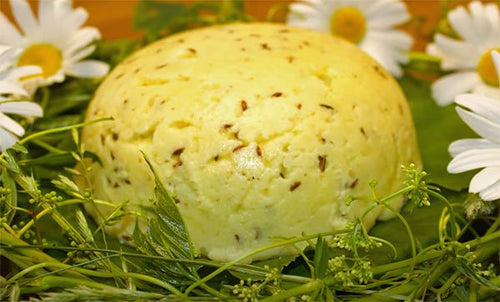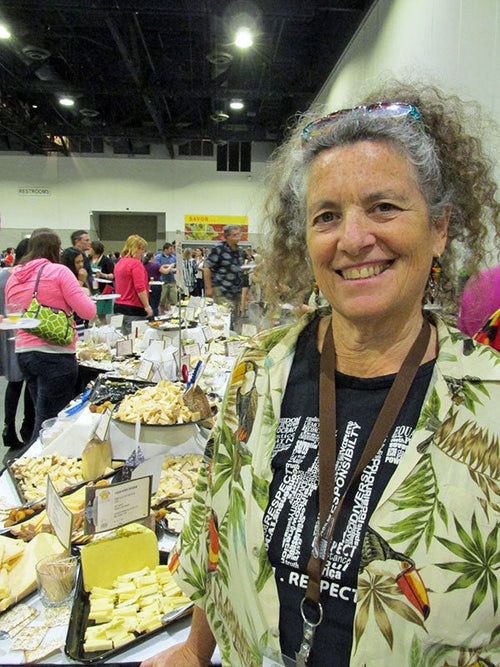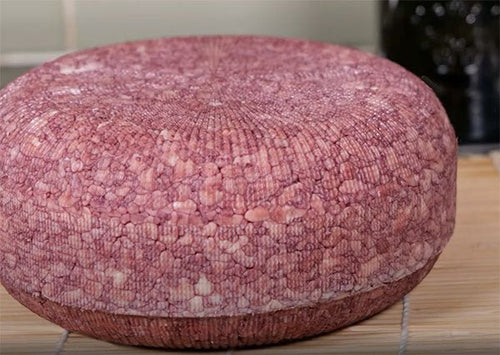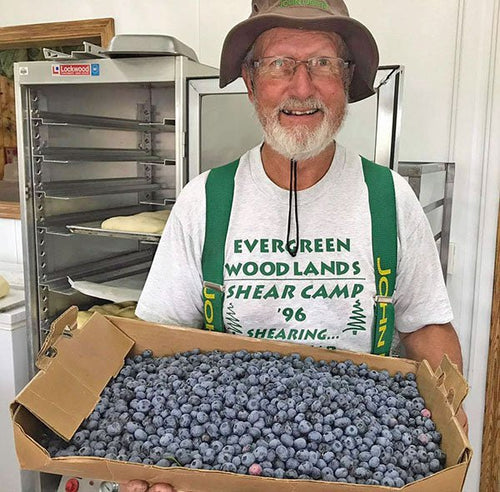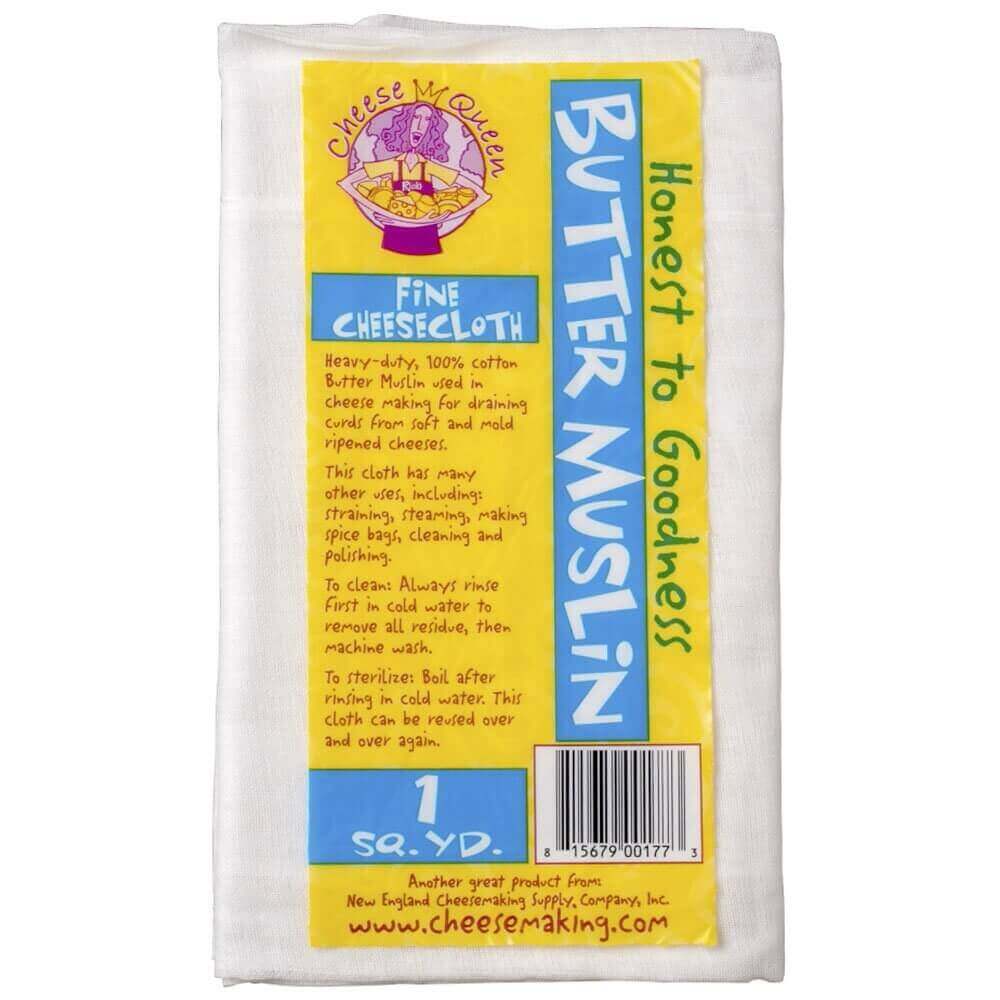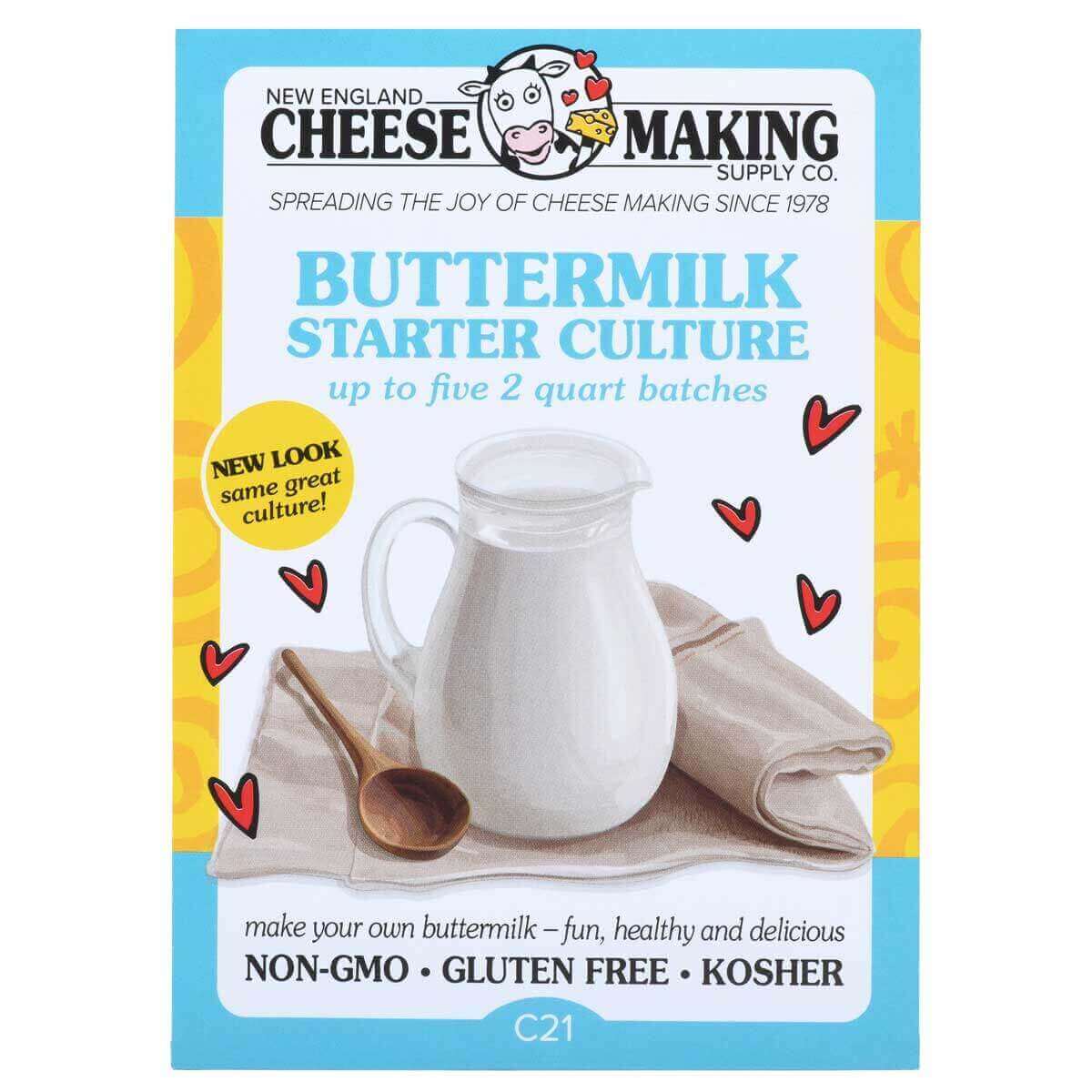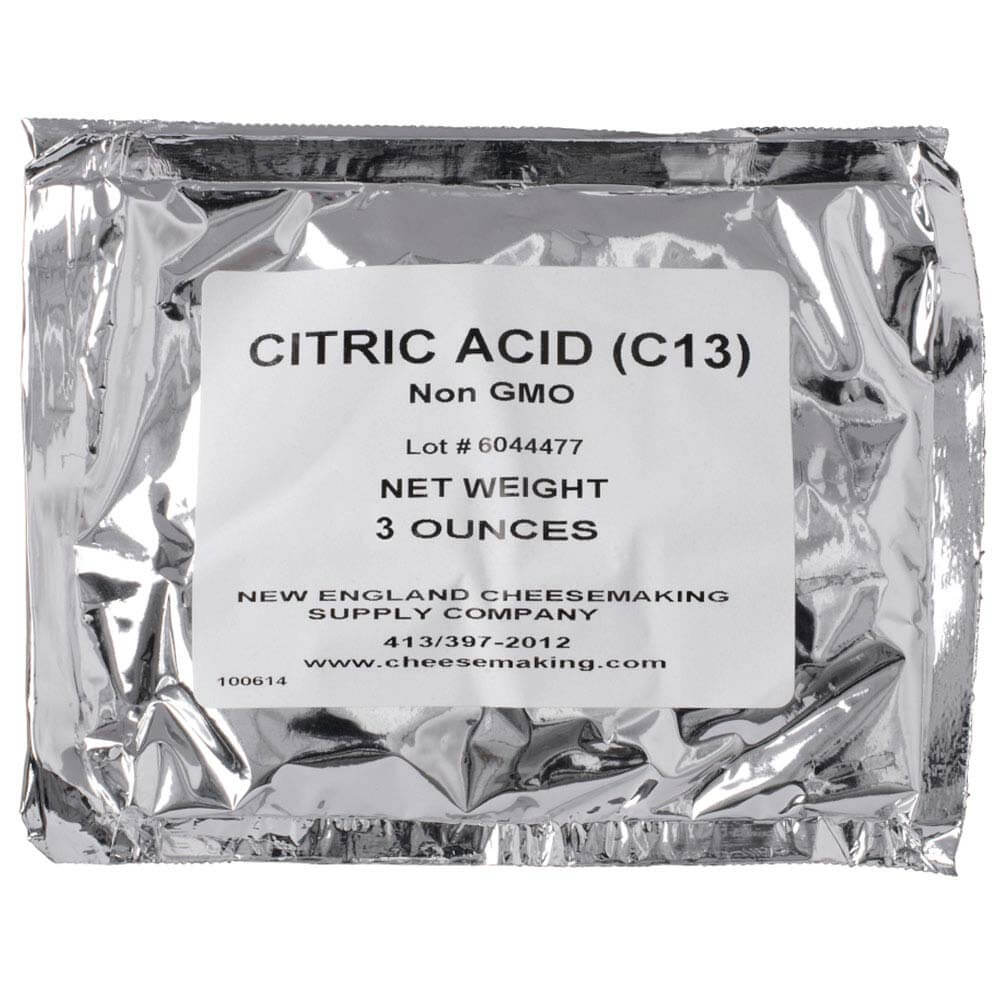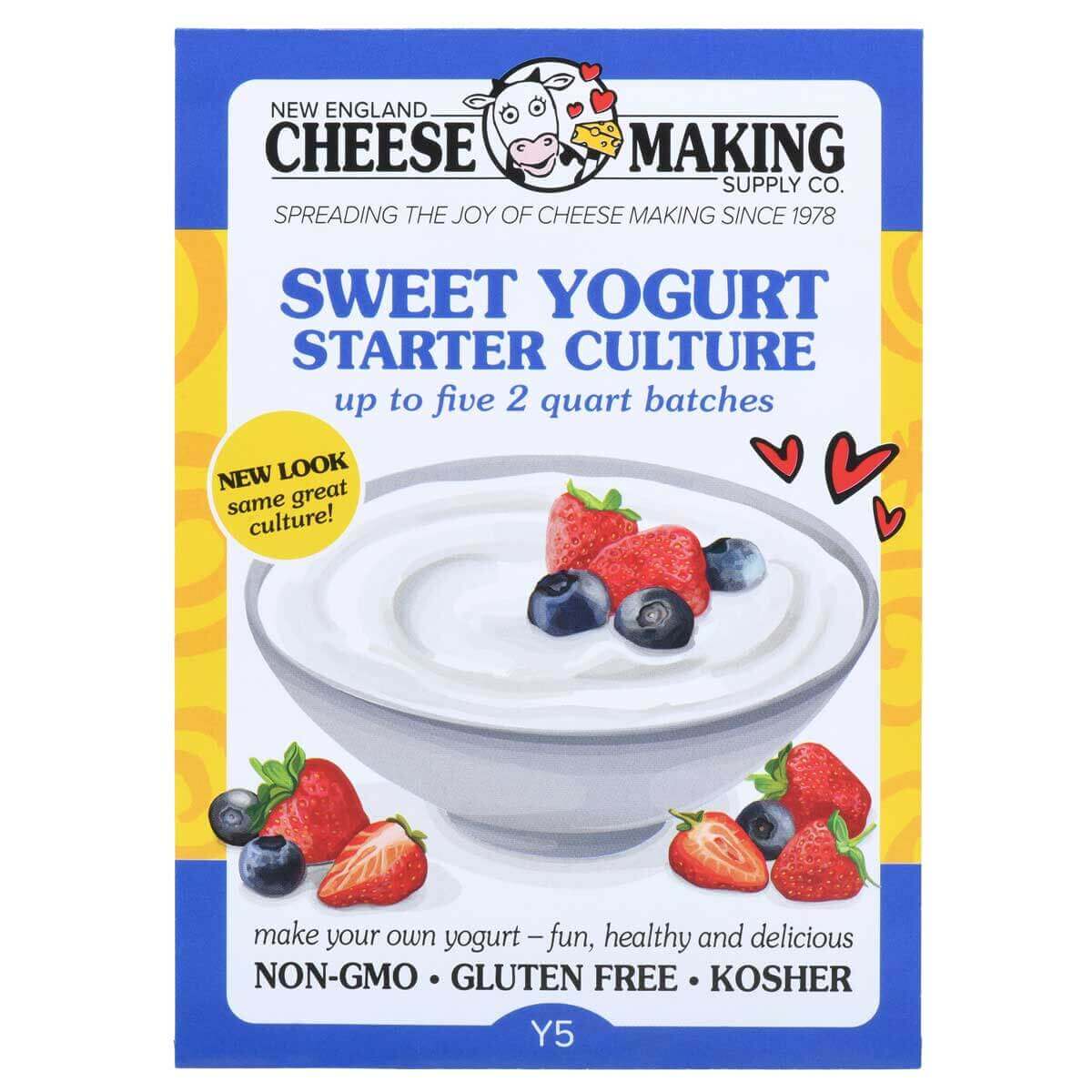Do you want to make cheese with chocolate added in, or enjoy cheese and chocolate pairings? You have come to the right place, and to be clear, we are are not talking about Milky Whey and Craft singles.
Chocolate and Cheese
Now we get to the heart of the topic here, chocolate and cheese. We must first ask, why Chocolate and Cheese comparisons. The short answer, we all seem to love both chocolate and cheese and finding a good combo would be just plain fun.
Learn About Chocolate
Chocolate is a typically sweet, usually light to deep dark brown, preparation from cacao seeds, roasted and ground then prepared into a paste syrup or block. It is a huge present from the pleasure gods. The beginnings of all of this goodness lie in the Cacao Bean. The seeds of the cacao tree have an intense bitter taste and need to be fermented to develop the flavor. After fermentation, the beans are dried, cleaned, and roasted. The shell is then removed to produce cacao nibs, which are then ground to pure chocolate in rough form. This a truly complex process in that many of the precursors (raw materials) for flavor and aroma begin during the fermentation and roasting process and then develop over time. If you really love chocolate then I encourage you to do a bit of background reading on this.
Cacao has been cultivated by many cultures for at least three millennia in Mesoamerica. The earliest evidence of use traces back to evidence of chocolate beverages dating back to 1900 BC. This was part of the Mayan culture but not something modern chocolate lovers might recognize. However, many of the basic procedures the Mayans used can still be found in modern chocolate production. Mexico has its famous Mole Sauce which is most likely evolved from these earlier Mayans
Today modern chocolate production has become much more international in scope but it was not until after Columbus returned from the new world that the old world had its first exposure to chocolate. It was Hernando Cortez (the Conquistadores) that brought back the first chocolate in 1528 (I actually plan to attend the cheese festival in his hometown of Trujillo Spain in May). They did not care for the bitter aspect of the raw cacao but soon after they began to mix the bitter with sugar, vanilla, nutmeg, cloves, allspice, and cinnamon. Before long the monastic community became involved in refining the production of chocolate and during the last half of the 16th century chocolate became popular throughout the new world. It was not until the 1830s that the chocolate in solid bar form (Yes! Cadbury).
The seeds of the cacao tree have an intense bitter taste and must be fermented to develop the flavor. After fermentation, the beans are dried, cleaned, and roasted. The shell is then removed to produce cacao nibs, which are then ground to pure chocolate in rough form which is used in producing the amazing chocolate confections that we all love today.
Today Chocolate production has expanded to Africa (most of it is grown there) and Asia. The varieties of the cocoa tree have increased and the types of conditions it grows under have developed a sense of 'Terroir' expressing a sense of place and showing variations in the products (much like cheese). Also todays chocolatier may be a small artisan production as well as a large industrial production. These high end artisan chocolates have moved chocolate up the scale over the past couple decades (again much like cheese).
Our 21st century chocolate has become more diverse as the attention to source and process detail gets more attention and as we learn more about what it can be in the right hands.
Chocolate also has an amazing range of flavors and aromas as shown by the flavor wheel to the right (click on it for a more readable version) as well as a huge variation in composition as seen in the diagram below.
Fine Chocolates are complex mixtures of:
- Particulate (powdery part) including sugar, cocoa, certain milk components
- Continuous phases (gooey/smeary part) including cocoa butter, milk fat and emulsifiers.
The balance relationship between these two makes the final chocolate a success or not
- Creamy buttery and fruity are good
- Waxy brittle and too sweet are not good
Why Chocolate and Cheese
Instead of saying why chocolate and cheese, we say, why not chocolate and cheese. The short answer, it's just plain fun.
- They have both come into their prime through artisan productions in the last decade or so.
- They both can be hugely diverse in flavor, aroma, texture, mouth feel etc.
- They both show the affects of variations in process in a big way.
- They can both provide us with an ability to compare or contrast our choices.
- It gives us another chance to gather some friends and play with our food or perhaps just a bit of selfish pleasure.
- Central to sensory character is the fat in chocolate, which influences mouth feel and melting properties. This means that the fat in chocolate is part of the big deal just like in cheese.
- The fact that other milk components are often used in the making of chocolate make the relationship between the two quite doable.
- I get a lot of requests for cheeses made with chocolate.
There are just so many qualities to work with between chocolate and cheese BUT not all cheese and chocolate combos work well. I am sure you will find that some of your friends may disagree with you but it would be such a shame if we all agreed on everything. Once again, one of my favorite sayings... "Same Same but Different" applies again.
Things to Keep in Mind
Here are a few things to keep in mind when mixing chocolate and cheese.
- Milk Chocolate (30% to 45% cacao) is milder and sweeter because it is made with milk and a higher sugar content than the darker varieties.
- Semisweet Chocolate (50% to 65% cacao) has a strong chocolate flavor with a good balance of sugar: it is not too sweet and the aftertaste is equally balanced.
- Bittersweet Chocolate (70% cacao or more) has the most intense chocolate flavor.
- Always Savory before sweet … its why desert is last and why the cheese board at the end of a meal comes before the sweets.
Try the cheese first and then the chocolates.
Variations in texture and mouth feel - Chocolate and cheese can have many of the same rich, bold, nutty, creamy qualities which can use in balance or contrast to make some great pairings.
- Remember that on average only 20% of our flavor experience is due to taste and touch. Far more important is our sense of smell.
Chocolate and Cheese Pairings
Here are a few combinations that we enjoy. Please let us know what combinations you like best.
Fresh Lactic
- A fresh Chevre with its higher acid and moisture is balanced well with sweetness of a creamy milk chocolate.
- A darker chocolate with orange or raspberry flavor might also balance well with the higher acid fresh cheeses
Stinky Cheese washed rinds
- For any washed rind cheese try dark chocolate with raisins and nuts either on the side or in the chocolate, the bitterness of dark chocolate will contrast the lower acidity.
- For a more aggressive contrast try using the ultimate chocolate … cocoa nibs or raw chocolate, a little honey on the side will help to balance this one.
Fleur de Blanc (the white mold surfaced ones)
- Milk Chocolate works slightly better for balance but dark chocolate may lend more contrast with its bitterness. Adding a little honey to this tasting may also make room for the less sweet dark chocolates.
- For a triple creme a mexican style dark chocolate with a little chile heat will be quickly balanced by the higher butterfat
Semi-Soft
- Young Gouda rich and buttery contrasts with bitterness of dark semi-sweet chocolate
- An aged Gouda is best with a sweet milk chocolate.
Medium Firm
- Saltiness and texture of Ewes milk Manchego compares well with salted dark chocolates.
- Cheddars may work well with milk chocolate but I find that dark chocolate and even bittersweet can work better.
Firm Well-Aged
- Salty and savory aged Parma with dark chocolate along with a big dark beer (not too bitter) or a nice big red wine (Syrah would be nice) … add in some dried figs and you have a winner
- Aged Alpine cheese with a nutty/herbaceous flavor and low acid balances with chunks of milk chocolate.
- A dark chocolate mousse will also go well with an aged Gruyere style cheese.
- An aged goat cheese can stand up well to the slight bitterness of a dark semi-sweet chocolate to balance the capric (goat) qualities of the cheese.
Blues
- Salty Blue (not too strong) is balance well with dark sweet chocolate. A nice port with this will also balance well.
- Perhaps my favorite trio for blue would be
- Bleu de Auvergne
- Dark chocolate
- Pear slices.
Making Cheese with Chocolate
I get a number of questions on chocolate yogurt as well. This is an easy one, just add your chocolate to the milk before you add the culture or even blend it in after the yogurt has set for a stirred yogurt. See our Yogurt Page for more on how to do this.
If you like a tangy yogurt it might be best to contrast the yogurt tanginess with a darker chocolate.
For a sweeter yogurt a milk chocolate might work ok, but keep any sweet chocolates in balance.
Layering a chocolate mouse and yogurt would also be a nice combo.
Making Aged Cheese with Chocolate
For the challenge of a medium to hard aged cheese and chocolate, I found it tougher than it looks. I really cannot remember seeing a cheese that has had chocolate incorporated into the cheese body itself but I did find an example that Trader Joe’s sells which is a cheddar cheese contain a chocolate shavings but I have no personal experience to share with this one.
On reading the reviews and comments I did find that the people trying it seem to be true chocolate fanatics but even at that the comments summed up to be that “A little goes a long way” or "Pretty Good in small bites".
Now for those that would like to give this a try, begin with a young to medium aged cheddar as your target guideline recipe. Then using a bit of higher cocoa percentages dark chocolate (even cocoa nibs), break into small pieces or shavings and add these to the curds as you transfer them into the mold after the salting.
Tips | Freeze or at least chill the chocolate before breaking into small bits or shavings. This will help to keep them from melting while the curds consolidate. Cooling the curds a bit more can also help the chocolate from melting.
Add the curds in layers keeping them away from the edges as much as possible. This can help to keep the rind continuous and prevent the chocolate bits from poking out and leaving places for mold to grow.
Chocolate Rub for Cheese
One of my favorite uses of chocolate with cheese is to use it as a rub on the rind ala Ig Vellas famous Dry Jack cheese. I had posted my variation on this in our cheese guideline section in 2013 with all of the details. The cheese has a nice nutty flavor that goes well with the Black Pepper and Cocoa mixed with oil as the surface rub for the rind. A dark chocolate seems to work best for this one.
















